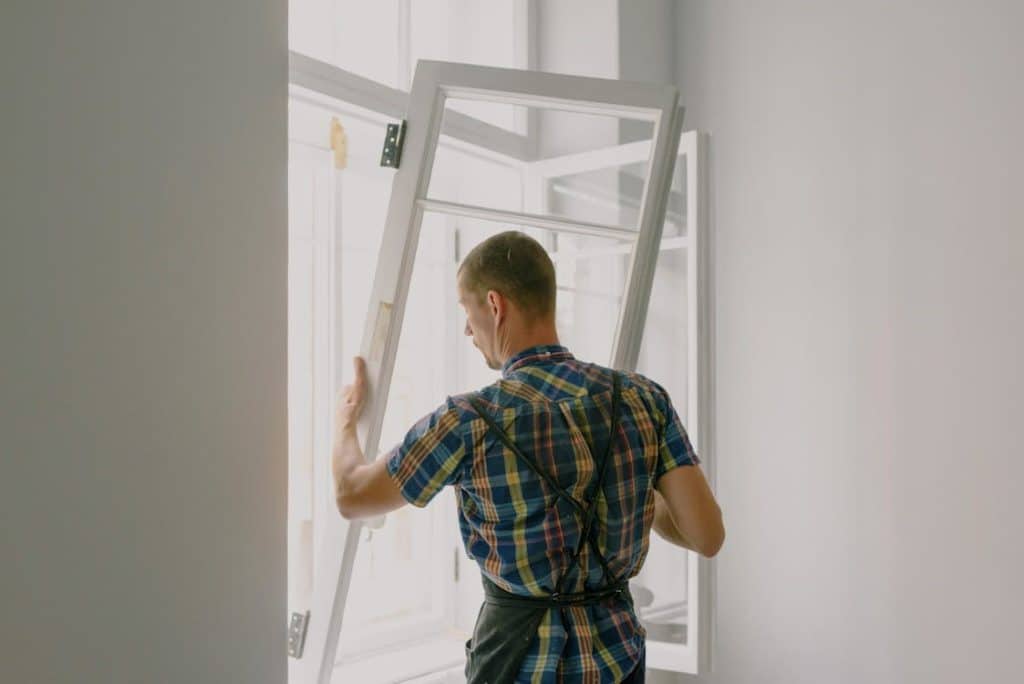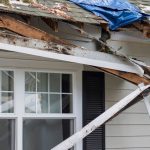Taking care of your home goes beyond day-to-day cleaning or quick repairs. An annual home maintenance checklist helps you catch small issues before they turn into big, expensive problems. It’s a smart way to keep things working the way they should, protect your home’s value, and keep your living space safe and comfortable.
Once a year, it’s worth walking through each part of your home — inside and out — to see what needs attention. Some things, like HVAC filters or smoke detectors, are easy to overlook until they stop working. Others, like roofing or plumbing, can hide problems until they become serious. With a clear list, you don’t have to guess where to start or what to check.
Inspect the Roof and Gutters
Your roof handles a lot — sun, wind, rain, and even the occasional storm. Over time, it can wear down, even if you don’t notice obvious damage from the ground. That’s why inspecting it once a year is a smart habit.
Start by looking for missing shingles, cracked flashing, or sagging areas. If you can safely access the attic, check for water stains, mold, or daylight peeking through. These are all signs that moisture might be getting in. Even small leaks can lead to bigger problems if they go unchecked.
Gutters are another part of the system. Clogged or damaged gutters can cause water to overflow, which puts pressure on your siding, roofline, and foundation. Make sure they’re clean and firmly attached. Downspouts should direct water away from your home by at least a few feet.
If you’re not sure how serious the damage is, or if you just want a second opinion, ask for a free roofing estimate. A professional can tell you whether you need repairs, a replacement, or just routine maintenance. Getting a quote costs nothing and gives you a clearer idea of what your roof needs. It’s a good step for homeowners who want peace of mind before the next rainy season.
Service HVAC Systems
Heating and cooling systems work year-round to keep your home comfortable. To help them last longer and work more efficiently, they need attention at least once a year.
Start by replacing your air filters. It’s best to do this every few months, but if you haven’t in a while, now’s the time. Dirty filters make your system work harder and affect indoor air quality.
Have a technician inspect the unit once a year. They’ll check for leaks, clean the coils, and test the system’s overall function. This kind of service helps prevent sudden breakdowns and can reduce your energy bills.
As you prepare your annual home maintenance checklist, don’t overlook the importance of maintaining your gutters. Regular gutter cleaning is essential to prevent water damage and ensure proper drainage around your home. For those living in the area, scheduling a professional gutter cleaning in Stroudsburg, PA can help keep your gutters in top condition, preventing clogs and potential damage. This service is crucial, especially before the rainy season, to ensure that your home remains protected from water-related issues. By including this task in your checklist, you can safeguard your home and maintain its value over time.
Check Plumbing Fixtures and Look for Leaks
Plumbing issues often go unnoticed until damage has already been done. Once a year, check all the faucets, toilets, and exposed pipes in your home. Look under sinks, behind appliances, and around toilets for any signs of water stains, rust, or dampness. Even a slow drip can waste gallons of water and lead to higher bills or mold.
Check water pressure in each faucet and shower. Weak pressure could point to a buildup in pipes or a hidden leak. Listen for strange noises like banging pipes or constant running water, which could signal something isn’t right.
Don’t forget the water heater. Over time, sediment can build up inside the tank. Flushing it once a year helps it run better and last longer. Also, check the area around the water heater for leaks or rust.
Test Smoke and CO Detectors
Smoke and carbon monoxide detectors are some of the most important safety devices in your home. They don’t need a lot of maintenance, but they do need attention once a year.
Go through your home and test each one. Use the test button to make sure the alarm sounds. Replace the batteries if it hasn’t been done in the last six months. If your detectors are more than 10 years old, it’s a good idea to replace them.
Modern detectors come with sealed batteries that last up to 10 years, reducing the need for regular battery changes. Some also offer voice alerts or connect to smart home systems. If you’re planning to upgrade, look for combination models that detect both smoke and carbon monoxide.
Examine Doors, Windows, and Seals
Drafts and leaks around windows and doors can increase heating and cooling costs and make your home less comfortable. Take time once a year to walk around and check all entry points. On a cool day, place your hand near the edges — if you feel a breeze, it’s time to reseal.
Use weatherstripping or caulk to seal gaps. Over time, materials can crack or shrink, which lets in outside air and moisture. Fixing those spots is a quick way to improve energy efficiency.
While you’re at it, check for signs of damage. Look for chipped paint, cracked glass, or trouble opening and closing the windows or doors. Clean and lubricate the hinges, locks, and tracks so they work smoothly.
Walk the Exterior and Foundation
A yearly walk around your home’s exterior can reveal a lot. Look for cracks in the foundation, loose siding, or signs of water pooling around the base. These may seem small now, but they can turn into larger issues if left alone.
Trim any trees or bushes that are touching the siding or roof. Plants can trap moisture and damage surfaces over time. While walking around, also check for signs of pests — small holes, nests, or droppings near the foundation.
Clean outdoor surfaces like walkways, decks, and siding with a hose or pressure washer. Dirt and mildew build up over time and make the exterior look older than it is.
A yearly home maintenance checklist helps you stay ahead of repairs and avoid surprises. When you check on key systems and parts of your home, you’re doing more than upkeep — you’re protecting the space where life happens every day. A little time once a year goes a long way toward keeping everything safe, clean, and running right.







